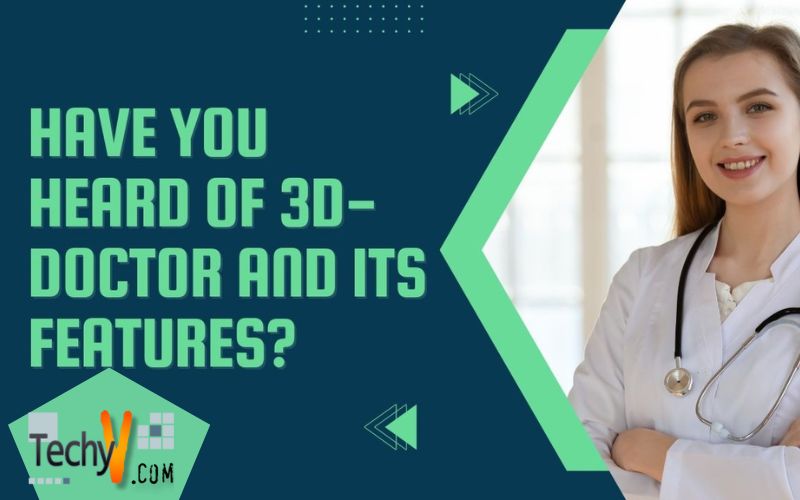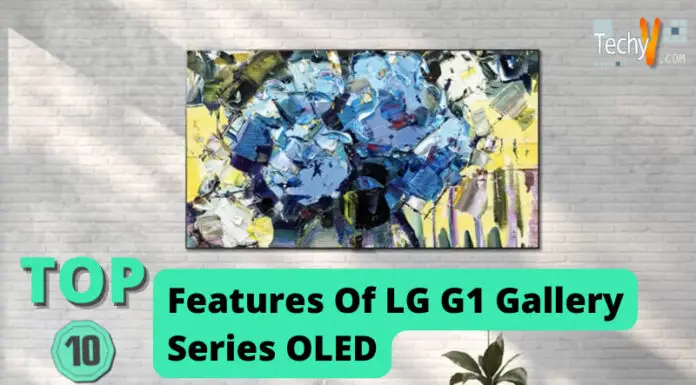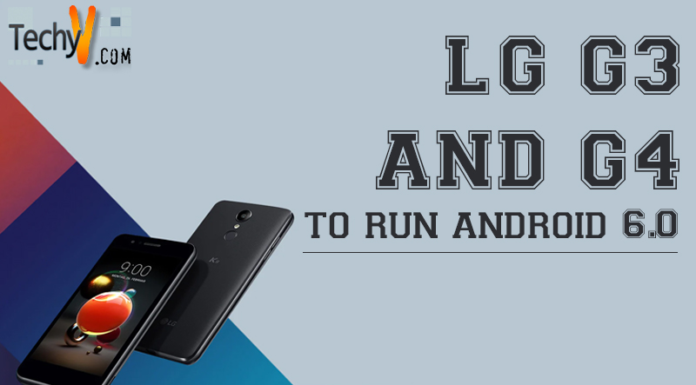3D-Doctor is a propelled, 3D imaging programming created by Able Software Corp. It completes 3D picture division, 3D surface demonstrating, rendering, volume rendering, 3D picture handling, deconvolution, enrollment, programmed arrangement, estimations, and numerous different capacities.
What is its specialty and how it differs from other?
3D-DOCTOR utilizes its extraordinary vector-based advances to make 3D models from volumetric pictures, for example, CT, MRI and microscopy images. The accompanying records a portion of highlights in 3D-DOCTOR and the contrasts between 3D-DOCTOR and different bundles:
• US FDA 510K is the necessary source for 3D-Doctor that freedom for therapeutic imaging and demonstrating applications.
• One kind vector-based for speed 3D display creation and simple altering.
• The Surface model has fewer triangles while keeping up all points of interest for astounding fast prototyping applications.
• Save memory administration with no restriction on the quantity of cuts to be used. It has been utilized to process pictures with more than 2000 cuts.
• Volume estimation, and 3D estimation for quantitative investigation applications.
• Handles DICOM and other picture groups
(For example, TIFF, JPEG, PNG, GIF, BMP, Interfile and RAW).
• Works with both grayscale and shading pictures (shading order and division)
• Backings CT mechanical CT, MRI, PET, microscopy, filtered film pictures, limit cuts, cut information and XYZ focuses.
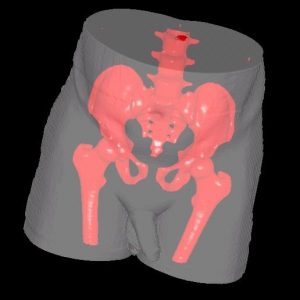
Propelled 3D Image Processing Functions: picture enlistment for multi-methodology application, picture combination, picture resizing, picture reslicing, picture cut arrangement, and so on.
Compose your projects with 3DBasic content to robotized regularly utilized advances. 3D Output Formats: STL (ASCII and Binary), VRML, DXF, 3D Studio, IGES, Wavefront OBJ, PLY and that’s only the tip of the iceberg. Sensibly valued. All capacities firmly incorporated in a solitary, simple to-utilize bundle. No compelling reason to purchase any extra costly modules.
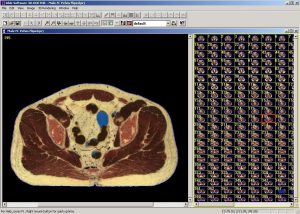
Will it accept all image formats?
3D-DOCTOR underpins an assortment of picture designs in both 2D and 3D. These arrangements incorporate TIFF, JPEG, BMP, DICOM, GIF, PNG, Interfile, and RAW. Other non-standard picture positions are additionally bolstered, however just with known measurements (number of sections, columns, and planes), bit profundity per pixel, enormous endian, and little endian and the span of record header.
How to convert a regular image into an image format for 3D-Doctor?
Pictures are brought into 3D-DOCTOR by a document. You can read a photo record specifically from a server where the picture is put away when the coordinate system gets accessible. If immediate access isn’t possible, you can duplicate the picture record to a removable stockpiling media (ZIP plate, CD, or tape) and after that move the information document to the framework where 3D-DOCTOR introduced. Read the picture record into 3D-DOCTOR and begin from that point.
In case if the sketch is on different movies where each film has a framework of cuts, at that point check the film utilizing a consistent picture scanner with a straightforwardness pack or a film scanner. Bring the ensured pictures into 3D-DOCTOR and afterward exploit the layout based Crop Film summons to isolate the cuts for 3D representation with only a couple of primary mouse clicks.
What are the operating systems that support 3D-Doctor?
It could deal with a Unix machine if a Windows two fold emulator introduced.
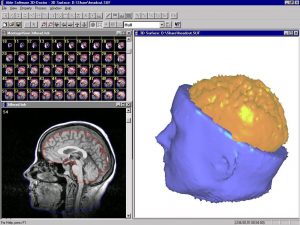
The adaptation does not run straightforwardly on a Linux framework. There are Windows double emulators accessible however we have not tried them for similarity. We are investigating the likelihood of making a Linux adaptation for a future discharge. No local MAC form yet. A few clients have utilized 3D-DOCTOR on a MAC with the help from a Windows emulator.



